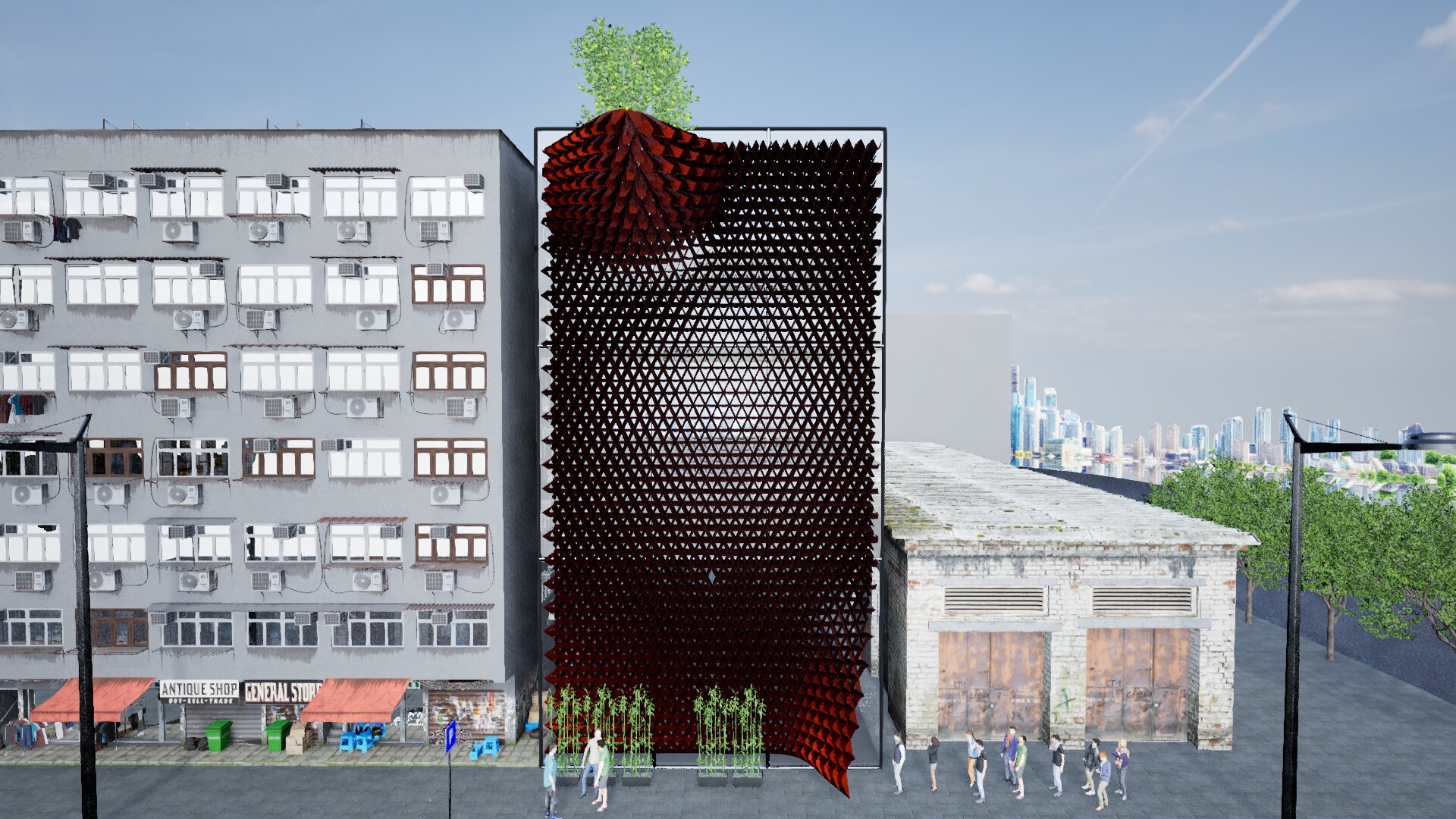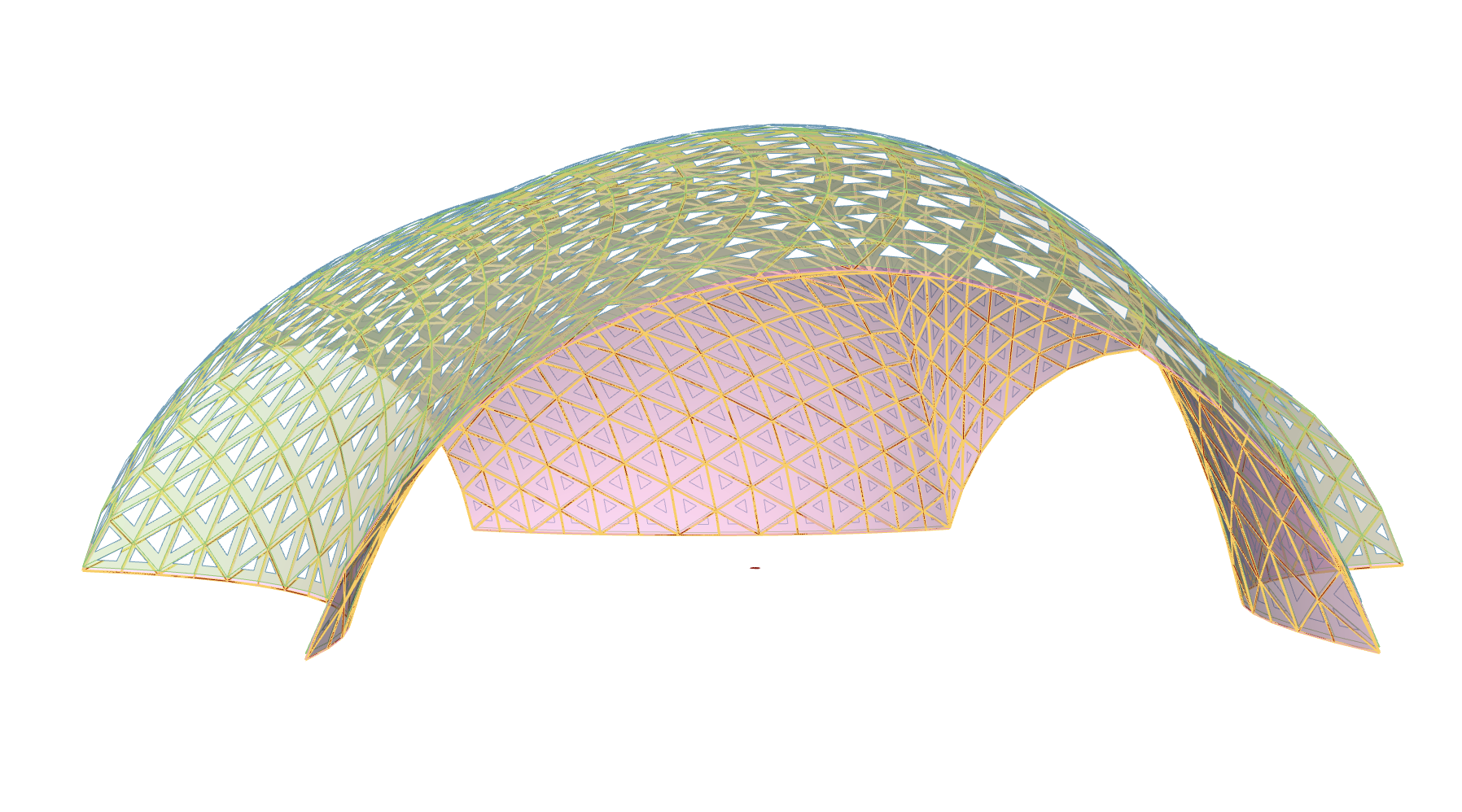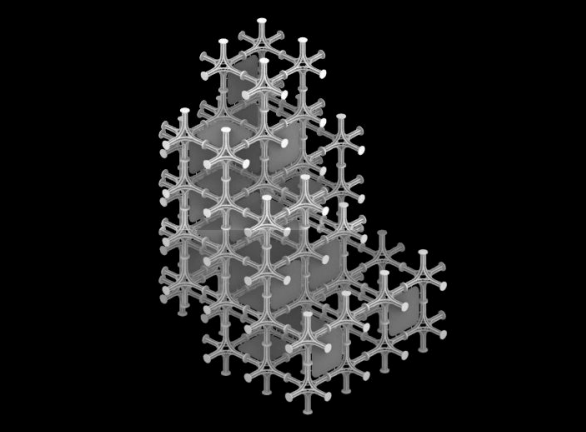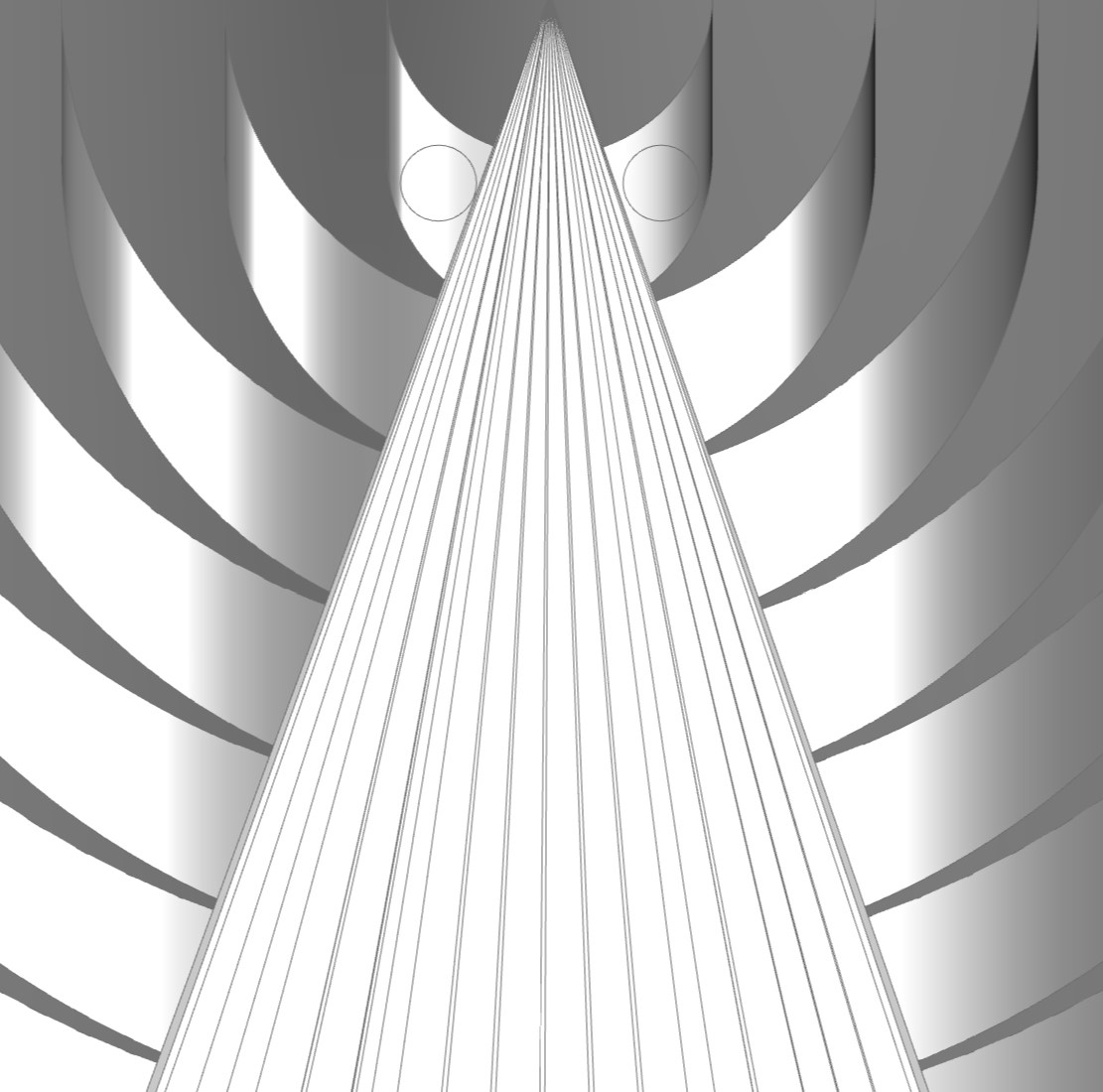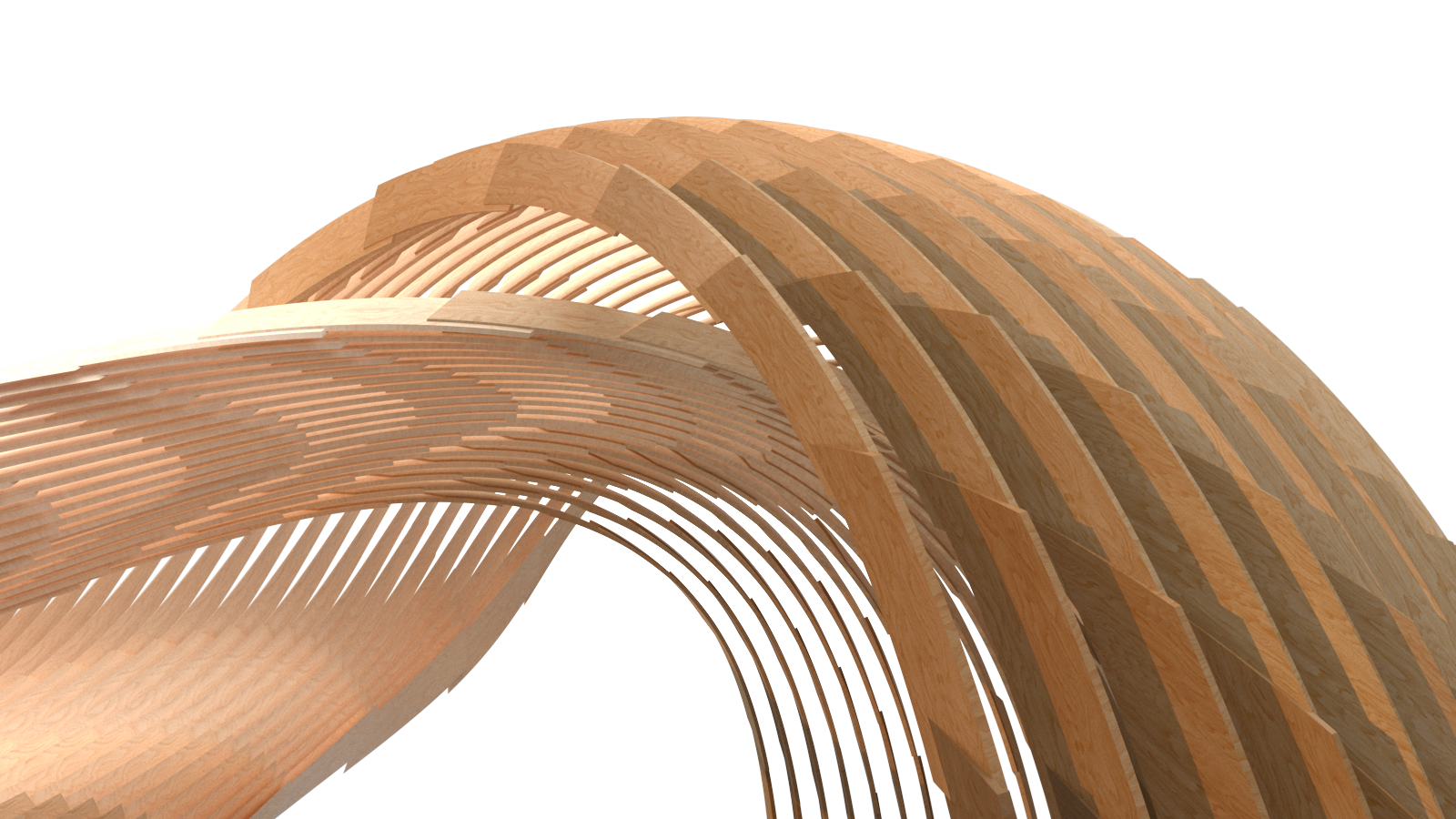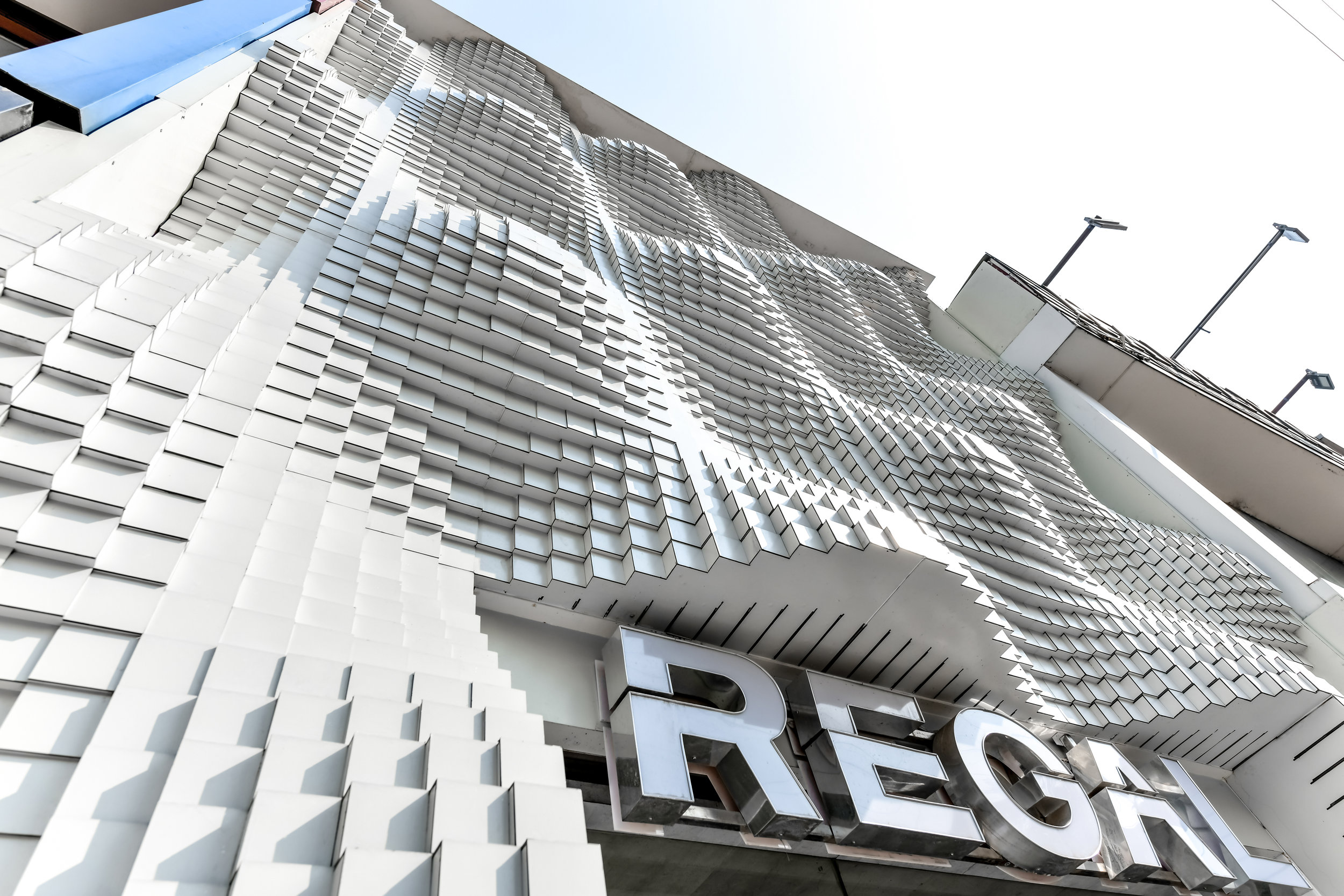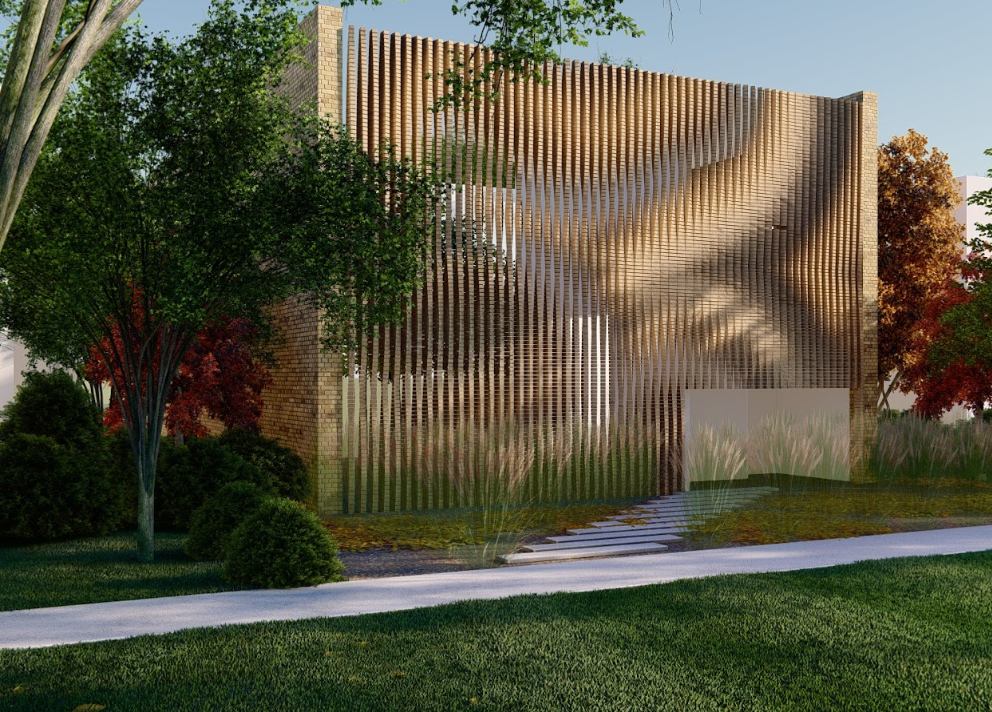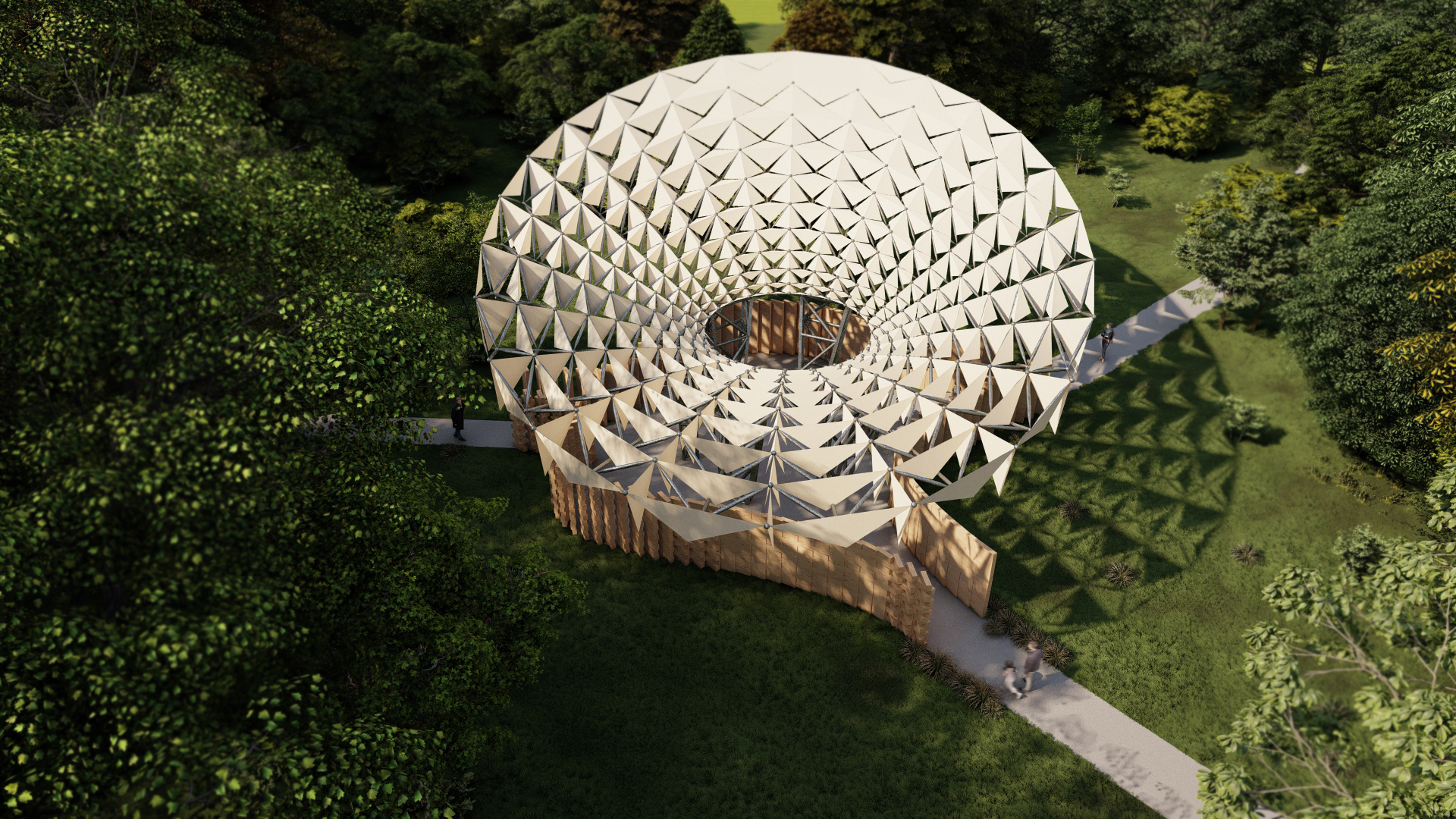Computational Design Facade – Curtain Wave Facade
Team member(s): Gusstavo Calderon and Saad Khan Site building number-10 Introduction The “Curtain Wave Facade” is a dynamic architectural intervention characterized by its undulating, perforated aluminum structure. Inspired by the motion of a curtain being drawn, the facade features a striking geometric pattern composed of extruded triangular elements. These elements converge to form two curved … Read more

